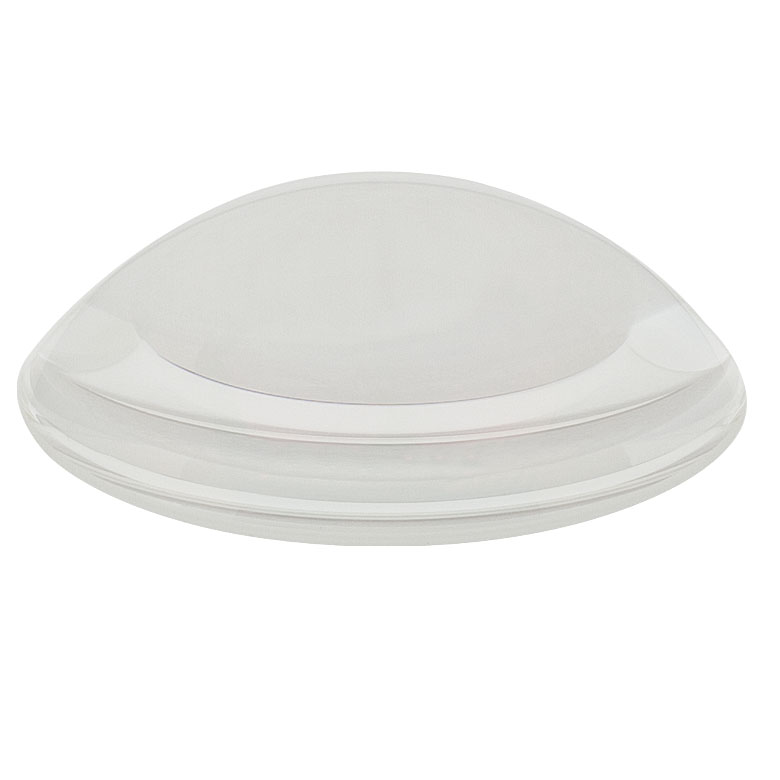
Thorlabs LE1076A Ø2" NBK7 Positive Meniscus Lens, f = 100 mm, ARC 350 700 nm
Positive meniscus spherical glass lens is a convex-concave lens used to minimize spherical aberration while while maintaining the angular resolution of the optical assembly. Its center thickness is bigger than the edge thickness. Normally they are used to achieve tighter beam focusing when cemented with another positive lens.

Positive & Negative Meniscus Lenses Addendum Image formation Geometry YouTube
Ø1" Positive Meniscus Lenses Fabricated from N-BK7 Glass Available Uncoated or with One of Three AR Coatings: Uncoated: 350 nm to 2.0 µm A Coated: 350 - 700 nm B Coated: 650 - 1050 nm
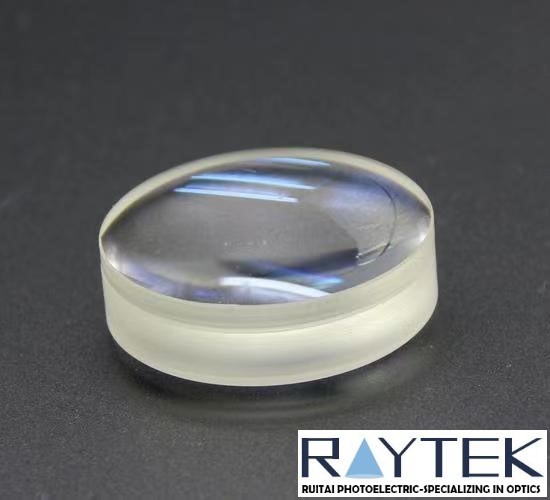
The Positive Meniscus Lens/The Meniscus Lens
Positive meniscus lenses and Negative meniscus lenses. Positive meniscus lenses is convex-concave lens thicker at the center than at the edges.They are used to minimize spherical aberration. When used in combination with another lens, it's will shorten the focal length, and increase the NA of system.
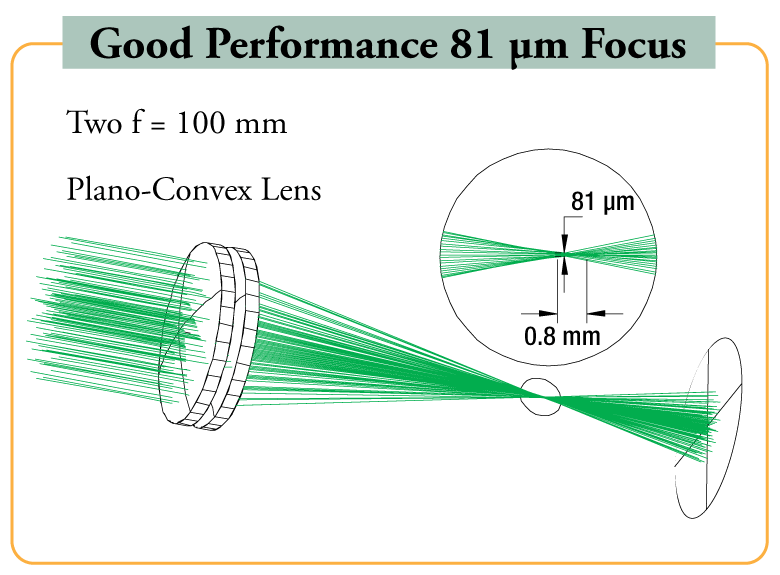
NBK7 Positive Meniscus Lenses
Meniscus lenses: negative (top) and positive (bottom) Convex-concave (meniscus) lenses can be either positive or negative, depending on the relative curvatures of the two surfaces. A negative meniscus lens has a steeper concave surface (with a shorter radius than the convex surface) and is thinner at the centre than at the periphery.
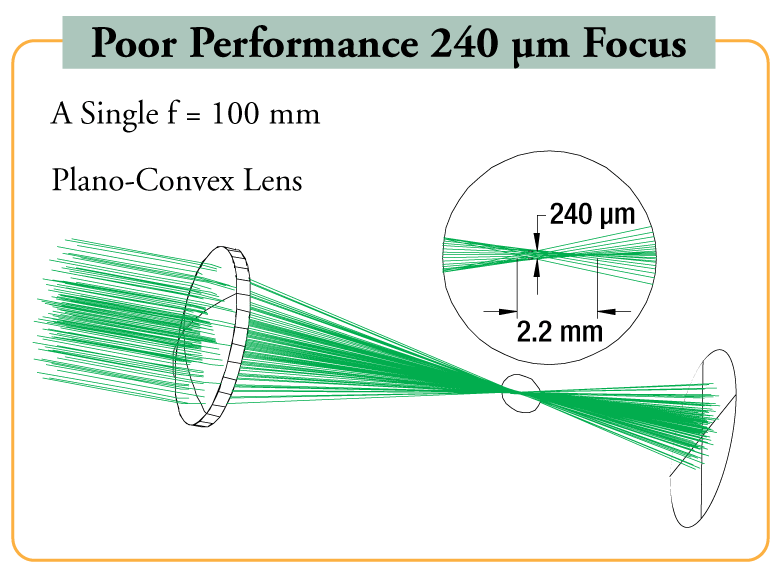
Zinc Selenide Positive Meniscus Lenses, AR Coated 7 12 µm
Experimental Quality Positive Meniscus Lenses are offered in several experimental grade options. Grade 1 is standard optical glass, edged, free of visible scratches, chips, stains, or oxidation. Grade 2 is unedged, non-optical glass, small chips, slight stains, or other defects. They may have slight edge cement separation.

Large Positive Meniscus Achromat Optical Lens Lenses BMI Surplus
Usually a negative meniscus has a thinner center and is thicker on the edges of the lens. A positive meniscus is the opposite. An ideal thins lens will have zero optical power meaning that the light will neither converge nor diverge. All real lenses have a nonzero thickness which consequently is slightly positive meaning the light converges to.

Positive & Negative Meniscus Lenses Geometry of Image formation YouTube
Positive Meniscus Lenses This tutorial explores magnification by a simple positive meniscus lens. To operate the tutorial, place your mouse cursor on the soldier, then click on the left-hand button and move him back and forth to view different levels of magnification.
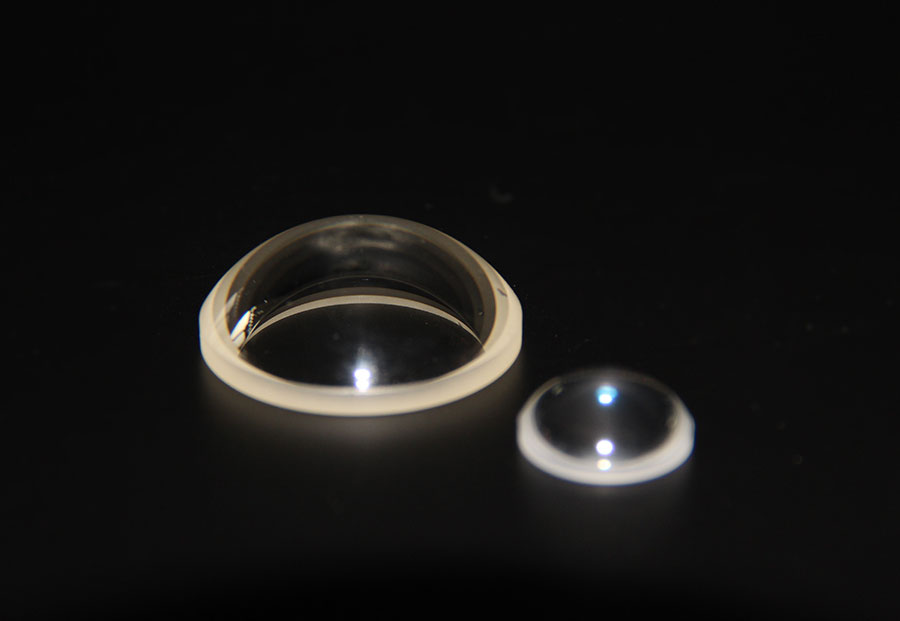
Positive meniscus lensesFuzhou Hundreds Optics Inc.
Positive meniscus lens is a convex-concave lens thicker at the center than at the edges. It is used to minimize spherical aberration. When used in combination with another lens, it will shorten the focal length, and increase the NA of system. Negative meniscus lens is a convex-concave lens thinner at the center than edges.
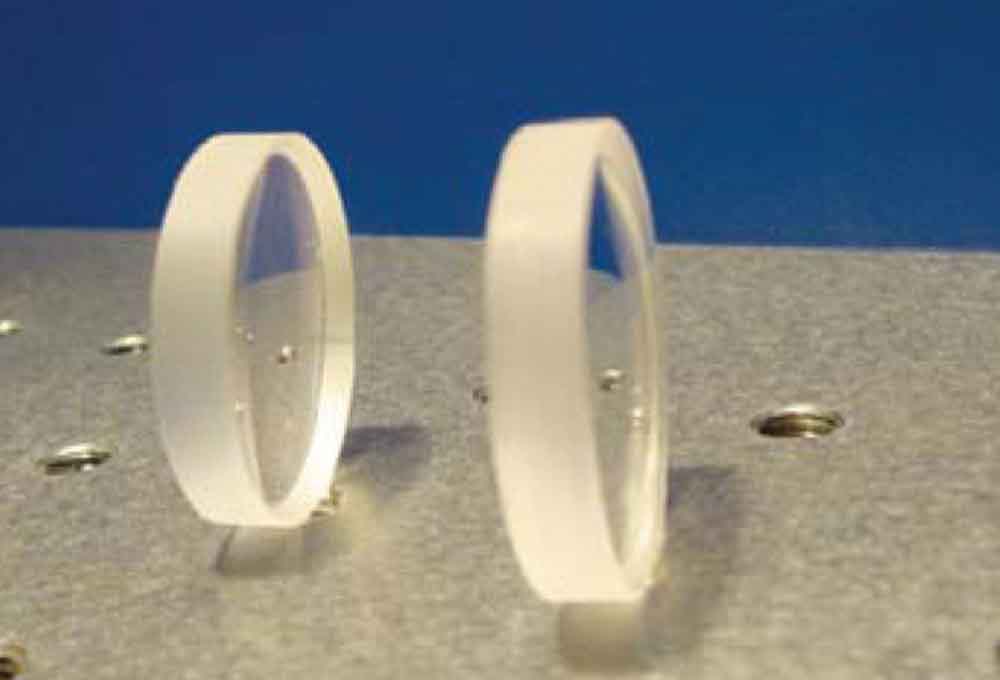
Fused Silica Meniscus Lenses Product Unice EO Services
Overview. The MSCP020 fused silica meniscus lens is used for beam manipulation of Nd:YAG lasers. This 2.0 in. (50.8 mm diameter lens has a 2000 mm focal length, and is uncoated. By orienting the convex surface of the lens towards the laser beam, the light reflecting back into the laser is divergent, minimizing feedback.
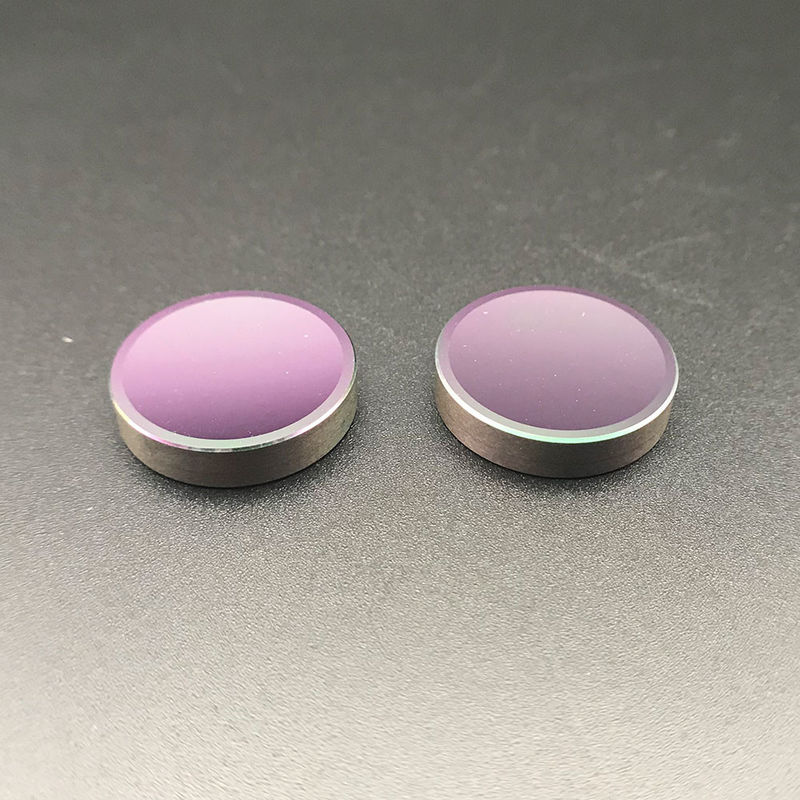
High Performance Infrared Optical Lens , Germanium Ge Positive Meniscus Lens
A common bi-convex lens is considered a positive lens because it causes light rays to converge, or concentrate, to form a real image. Real images can be projected onto a screen or viewed without the aid of additional lenses, but appear inverted or opposite the orientation of the object viewed.

Positive and Negative meniscus lenses operating in either homeotropic... Download Scientific
Thorlabs' UV Grade Fused Silica Positive Meniscus Lenses are available either uncoated or with a UV antireflection coating for the 245 - 400 nm range deposited on both surfaces. Compared to N-BK7, UV-grade fused silica offers high transmission deeper into the UV (down to 185 nm), better homogeneity, and a lower coefficient of thermal expansion.

Positive Meniscus Lens, 2.125" Lenses BMI Surplus
Positive Meniscus Lenses: Negative Meniscus Lenses: Positive meniscus lenses are typically used in cominbation with another lens in a compound optical assembly. When used in this configuration, a positive meniscus lens will shorten the focal length and increase the numerical aperture (NA) of the system without introducing significant spherical.

Positive Meniscus Lens for Medical China Positive Meniscus Lens and Endoscope Meniscus Lens
A positive meniscus lens made from glass of refraction index 1,5 1, 5 is in the air and its focal length is 12 cm 12 c m. What are the radii of curvature of the two optical surfaces of the lens if the radius of curvature of the concave surface is two time greater than the radius of curvature of the convex surface?
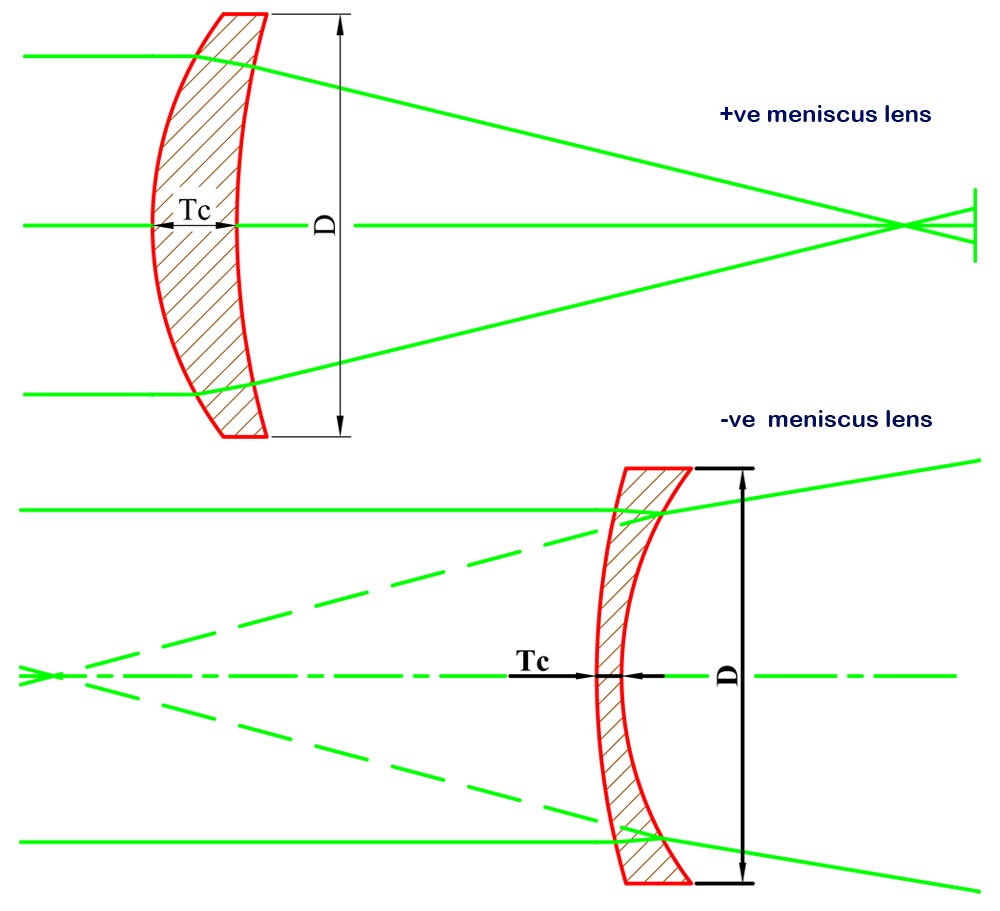
Meniscus Lenses
There are two types of meniscus lenses: positive meniscus lenses and negative meniscus lenses. Positive lenses are used in applications that require small focal number, which is.

Positive Meniscus Optics Lens , Find Complete Details about Positive Meniscus Optics Lens,Optics
Thorlabs' Ø1/2" and Ø1" Zinc Selenide (ZnSe) positive meniscus lenses are available with a broadband AR coating optimized for the 7 µm to 12 μm spectral range deposited on both surfaces. This coating greatly reduces the high surface reflectivity of the substrate, yielding an average transmission in excess of 97% over the entire AR coating range.
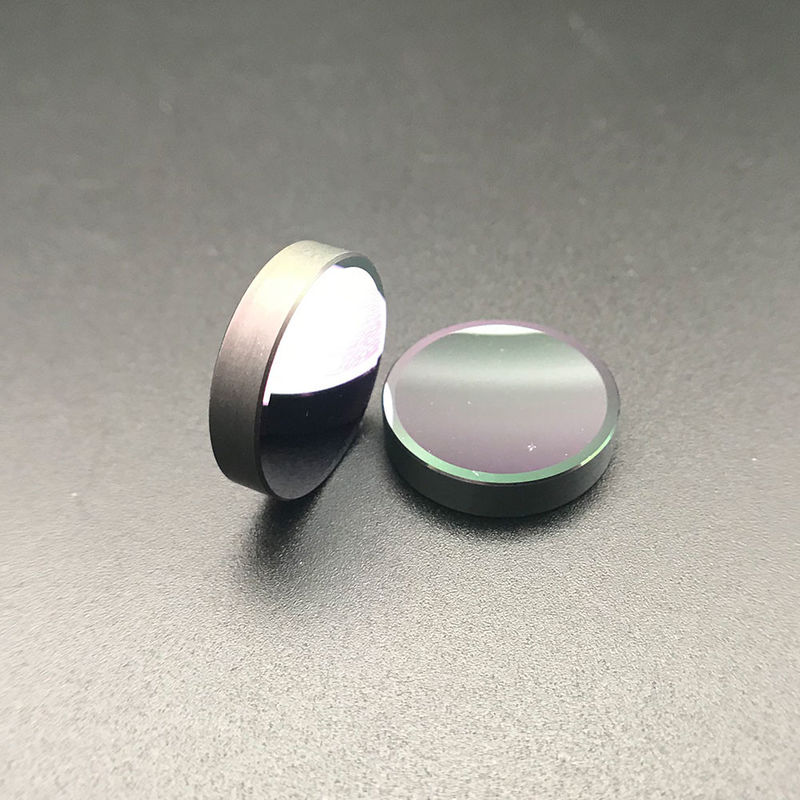
High Performance Infrared Optical Lens , Germanium Ge Positive Meniscus Lens
Positive Meniscus: Positive meniscus lenses have a shorter radius of curvature on the convex side and a longer radius of curvature on the concave side; the edges of these lenses are thicker than the center. A positive meniscus lens can decrease the focal length of another lens while retaining the angular resolution.